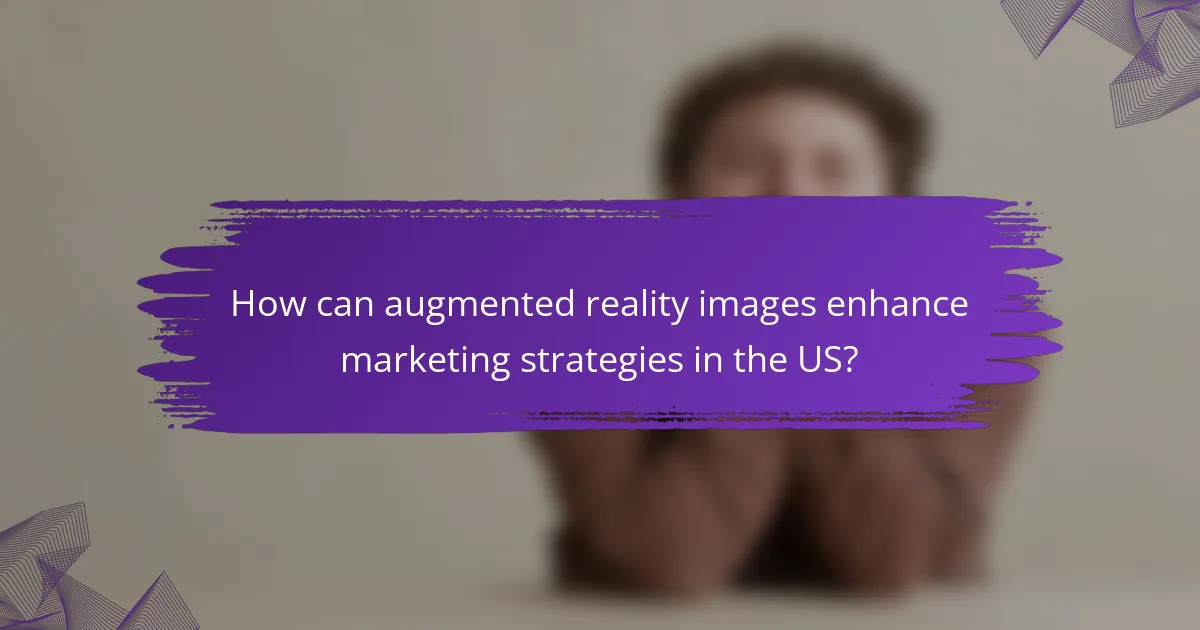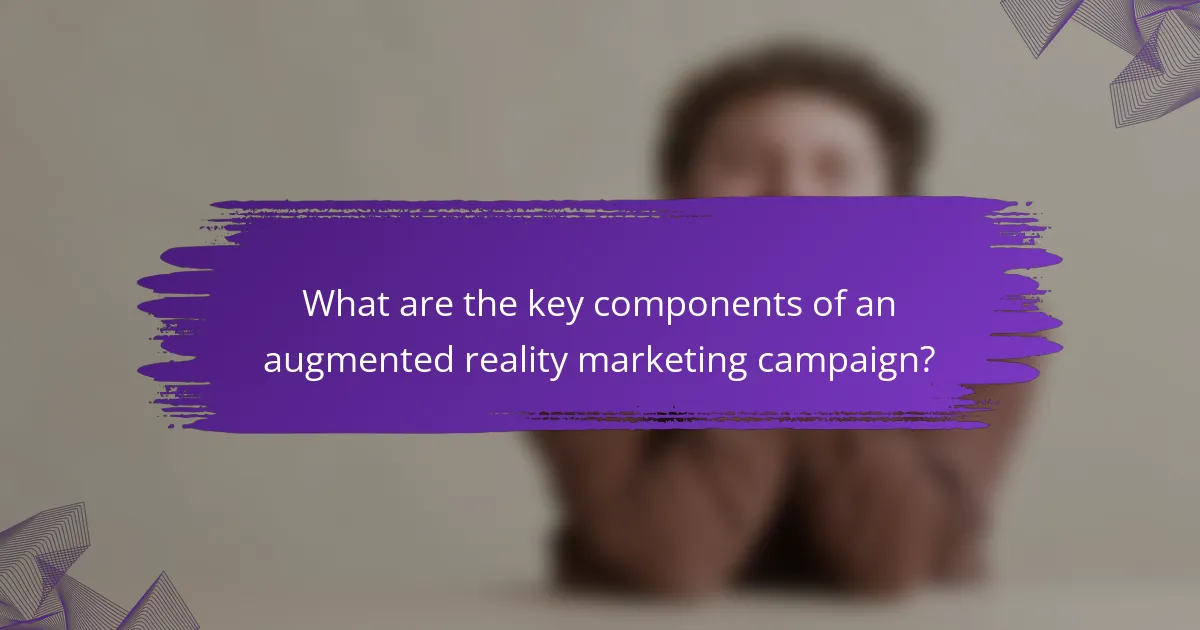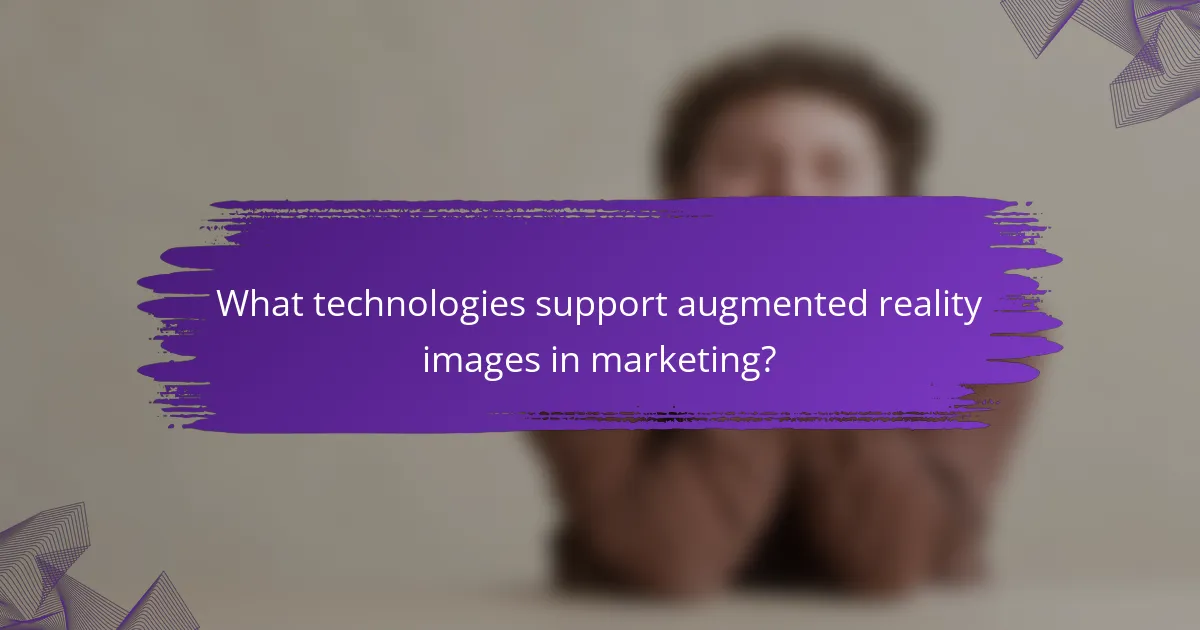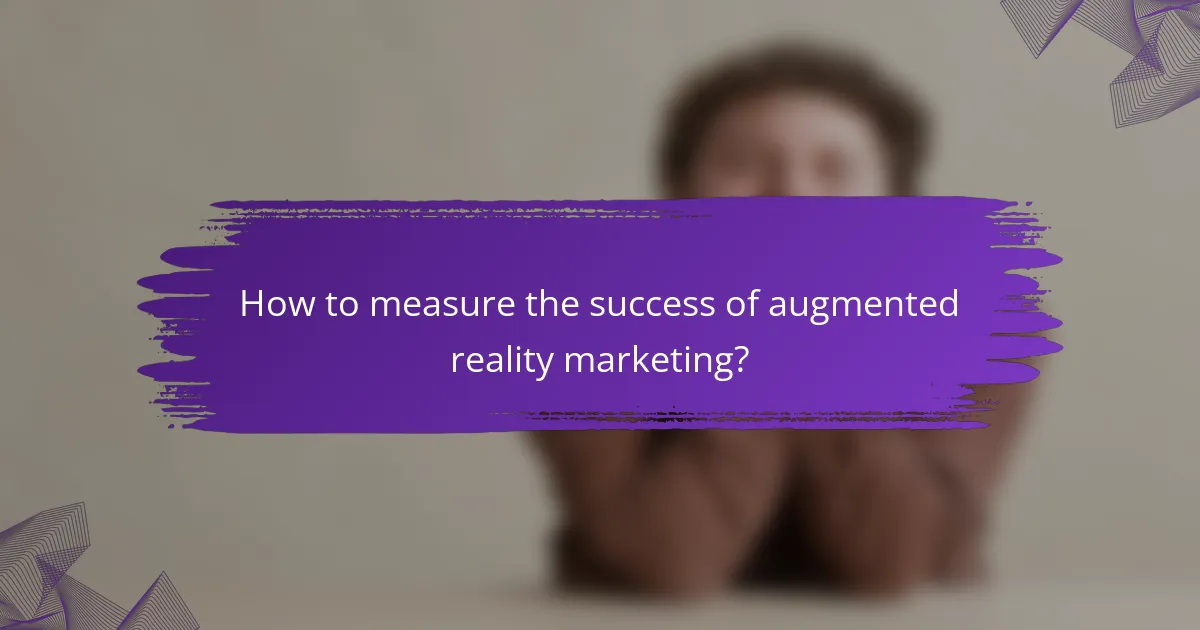Augmented reality (AR) images are transforming marketing strategies by offering immersive experiences that captivate customers and deepen brand engagement. By incorporating AR into their campaigns, businesses can create unique visualizations that not only attract attention but also drive consumer interest in innovative ways.

How can augmented reality images enhance marketing strategies in the US?
Augmented reality (AR) images can significantly boost marketing strategies in the US by creating immersive experiences that engage customers and enhance brand interaction. By integrating AR into campaigns, businesses can provide unique visualizations that attract attention and drive consumer interest.
Increased customer engagement
AR images foster increased customer engagement by allowing users to interact with products in a virtual space. For instance, a furniture retailer can enable customers to visualize how a sofa would look in their living room through their smartphone camera. This interactive experience keeps users engaged longer than traditional marketing methods.
To maximize engagement, brands should ensure that their AR content is easy to access and user-friendly. Offering clear instructions and intuitive interfaces can help maintain user interest and encourage exploration.
Improved brand awareness
Incorporating AR images into marketing strategies can significantly improve brand awareness by creating memorable experiences. When customers share their AR interactions on social media, it amplifies brand visibility and attracts new audiences. For example, a cosmetics brand might allow users to virtually try on makeup, leading to increased shares and discussions online.
Brands should leverage user-generated content to further enhance awareness. Encouraging customers to post their AR experiences can create a community around the brand, fostering loyalty and recognition.
Enhanced product visualization
AR images provide enhanced product visualization, allowing customers to see products in a realistic context before making a purchase. This is particularly useful for industries like fashion and home decor, where fit and style are crucial. By visualizing products in their own environments, customers can make more informed decisions.
To implement effective product visualization, businesses should focus on high-quality AR content that accurately represents their products. Investing in professional AR development can yield significant returns by reducing return rates and increasing customer satisfaction.
Higher conversion rates
Utilizing AR images can lead to higher conversion rates by simplifying the decision-making process for consumers. When customers can visualize a product in their environment, they are more likely to feel confident in their purchase. Studies suggest that AR can increase conversion rates by a notable margin, often in the double digits.
To capitalize on this potential, brands should integrate AR experiences seamlessly into their online shopping platforms. Providing easy access to AR features during the shopping journey can encourage impulse buys and enhance overall sales performance.

What are effective platforms for augmented reality marketing?
Effective platforms for augmented reality (AR) marketing include popular social media channels that allow brands to create engaging, interactive experiences. These platforms leverage AR technology to enhance user interaction and can significantly boost brand visibility and customer engagement.
Snapchat Ads
Snapchat Ads utilize AR through lenses and filters that users can apply to their photos and videos. Brands can create custom lenses that allow users to interact with their products in a fun and engaging way. This platform is particularly effective for reaching younger audiences, as it boasts a user base that is predominantly under 30.
To maximize impact, brands should focus on creating visually appealing and easy-to-use lenses. Campaigns can be enhanced by promoting user-generated content, encouraging users to share their experiences with the brand’s AR features.
Instagram AR Filters
Instagram offers AR filters that can be integrated into stories and posts, allowing users to interact with products in a unique way. Brands can design filters that reflect their identity and encourage users to engage with their products. This platform is ideal for visually-driven brands, particularly in fashion, beauty, and lifestyle sectors.
To effectively use Instagram AR filters, brands should consider collaborating with influencers to reach a wider audience. Additionally, promoting filters through ads can help increase visibility and user adoption.
Facebook AR Ads
Facebook’s AR Ads enable brands to create immersive experiences directly within the news feed. Users can interact with 3D models of products, providing a more tangible sense of the item before purchase. This feature is beneficial for e-commerce brands looking to enhance the online shopping experience.
When utilizing Facebook AR Ads, brands should ensure that the AR experience is seamless and mobile-friendly. Clear calls-to-action and easy navigation can help drive conversions. Additionally, targeting specific demographics can enhance the effectiveness of campaigns on this platform.

What are the key components of an augmented reality marketing campaign?
An effective augmented reality (AR) marketing campaign consists of several key components that ensure its success. These components include clear objectives, target audience analysis, creative content development, and performance metrics to evaluate the campaign’s impact.
Clear objectives
Establishing clear objectives is crucial for any AR marketing campaign. These objectives should be specific, measurable, achievable, relevant, and time-bound (SMART). For instance, a brand might aim to increase customer engagement by 30% over three months through an AR experience.
Defining what success looks like helps guide the campaign’s direction and informs the strategies employed. Common objectives include boosting brand awareness, enhancing customer experience, or driving sales conversions.
Target audience analysis
Understanding the target audience is essential for tailoring the AR experience to their preferences and behaviors. Conducting thorough market research can reveal insights into demographics, interests, and technological proficiency.
For example, if the target audience is tech-savvy millennials, the AR content can be more interactive and innovative. Conversely, if the audience is older, simpler and more intuitive AR experiences may be more effective.
Creative content development
Creative content is the heart of an AR marketing campaign. This content should be engaging, relevant, and aligned with the brand’s identity. Consider using 3D models, animations, or gamified elements to enhance user interaction.
For instance, a furniture retailer might allow customers to visualize how a piece of furniture looks in their home through AR. This not only showcases the product but also helps customers make informed purchasing decisions.
Performance metrics
Measuring the performance of an AR campaign is vital for understanding its effectiveness. Key performance indicators (KPIs) may include user engagement rates, time spent interacting with the AR content, and conversion rates.
Utilizing analytics tools can provide insights into user behavior and preferences, allowing for adjustments in real-time. Regularly reviewing these metrics helps refine future campaigns and maximize ROI.

What technologies support augmented reality images in marketing?
Several technologies enable the integration of augmented reality (AR) images into marketing strategies, enhancing customer engagement and interaction. Key platforms include ARKit by Apple, ARCore by Google, and Vuforia, each offering unique features and capabilities for creating immersive experiences.
ARKit by Apple
ARKit is Apple’s framework for building AR applications on iOS devices. It leverages advanced features like motion tracking, environmental understanding, and light estimation to create realistic AR experiences. Marketers can use ARKit to overlay digital content on the real world, allowing users to visualize products in their environment.
To effectively utilize ARKit, ensure your content is optimized for mobile devices and consider the user experience. For instance, furniture retailers can allow customers to see how a piece fits in their home before purchasing, enhancing decision-making and reducing returns.
ARCore by Google
ARCore is Google’s counterpart to ARKit, designed for Android devices. It provides similar functionalities, including motion tracking and environmental recognition, enabling businesses to create engaging AR experiences across a wide range of Android smartphones. This accessibility can broaden your audience reach significantly.
When implementing ARCore, focus on creating interactive and informative content. For example, a cosmetics brand might allow users to virtually try on makeup, increasing customer engagement and driving sales. Ensure your AR experiences are intuitive and easy to navigate to maximize user satisfaction.
Vuforia
Vuforia is a versatile AR platform that supports both iOS and Android, making it a popular choice for cross-platform applications. It excels in image recognition and tracking, allowing brands to create interactive experiences that are triggered by specific images or objects. This can be particularly effective for product packaging or promotional materials.
To get the most out of Vuforia, consider how your physical products can interact with digital content. For instance, a beverage company could use Vuforia to enable customers to scan a label and access exclusive content or promotions. Keep in mind that clear instructions and engaging content are essential for a successful AR campaign.

What are the challenges of using augmented reality in marketing?
Using augmented reality (AR) in marketing presents several challenges that brands must navigate to ensure successful implementation. Key issues include high development costs, technical limitations, and user accessibility concerns that can hinder effective engagement with target audiences.
High development costs
Developing augmented reality experiences can be expensive, often requiring significant investment in technology and expertise. Costs can range from thousands to millions of dollars, depending on the complexity of the AR application and the platforms used.
Brands should consider the return on investment (ROI) when planning AR projects. Focusing on scalable solutions or partnering with AR development firms can help mitigate financial risks while still achieving impactful marketing results.
Technical limitations
Technical limitations can affect the performance and user experience of augmented reality applications. Factors such as device compatibility, software bugs, and the need for high-speed internet can create barriers for users.
To address these issues, marketers should conduct thorough testing across various devices and platforms. Ensuring that AR content is optimized for both high-end and mid-range devices can enhance accessibility and user engagement.
User accessibility issues
User accessibility is a critical challenge, as not all consumers have access to the latest technology required for AR experiences. This can limit the reach of marketing campaigns and exclude potential customers.
To improve accessibility, brands can offer alternative engagement methods alongside AR experiences. Providing clear instructions and ensuring that AR content is easy to use can help bridge the gap for users who may be less tech-savvy or lack access to advanced devices.

How to measure the success of augmented reality marketing?
Measuring the success of augmented reality marketing involves analyzing various performance indicators that reflect user interaction and conversion. Key metrics include engagement rates, customer feedback, and sales impact, which together provide a comprehensive view of effectiveness.
Engagement metrics
Engagement metrics are crucial for assessing how users interact with augmented reality experiences. These can include the number of users who access the AR content, the duration of their interaction, and the frequency of return visits. High engagement often indicates that the content resonates with the audience.
To effectively measure engagement, consider using tools that track user behavior within the AR experience. Metrics like session length and interaction depth can reveal how captivating the content is. For example, if users spend an average of several minutes exploring an AR feature, it suggests strong interest.
Common pitfalls include focusing solely on views or downloads without considering user interaction quality. Aim for a balanced approach that combines quantitative data with qualitative feedback, such as user surveys or social media comments, to gain deeper insights into user satisfaction and areas for improvement.
